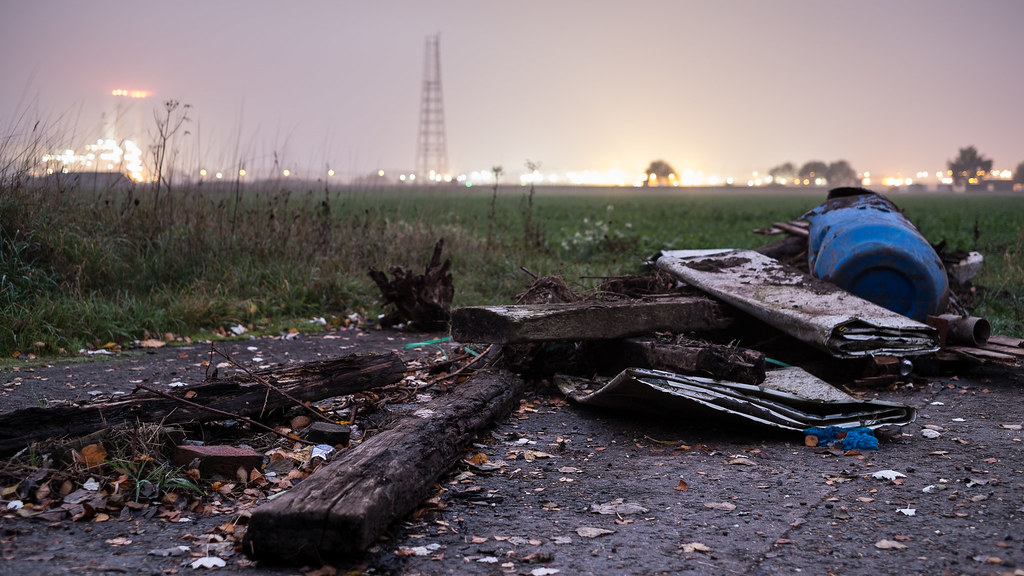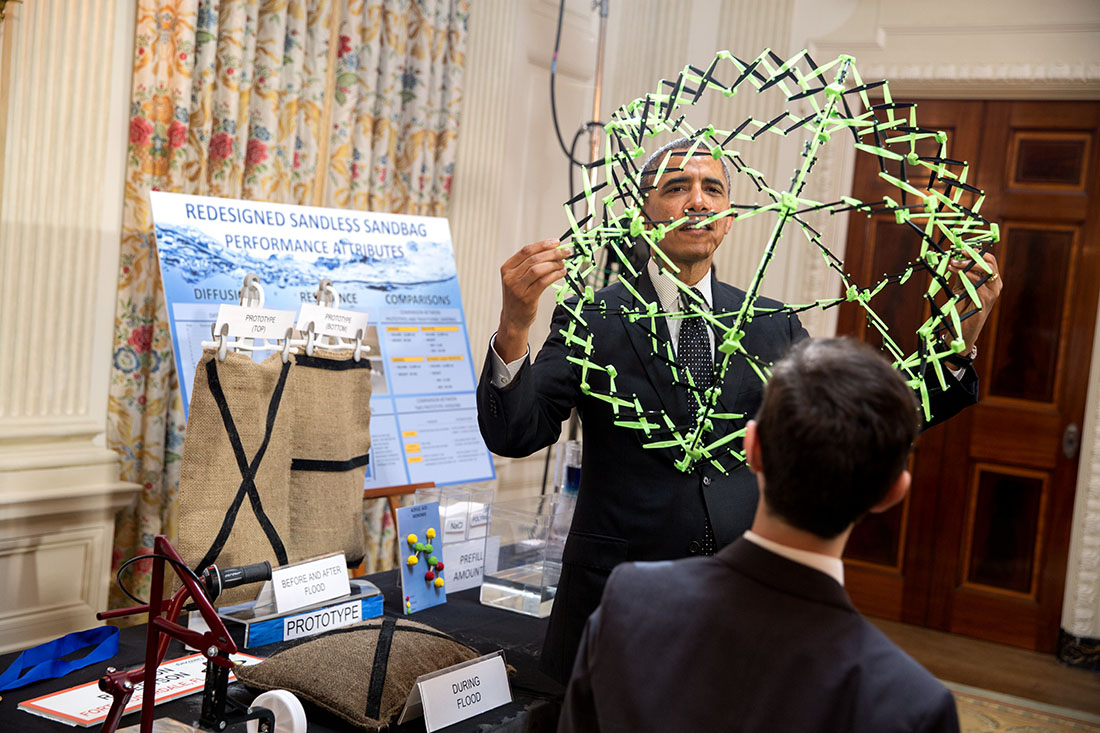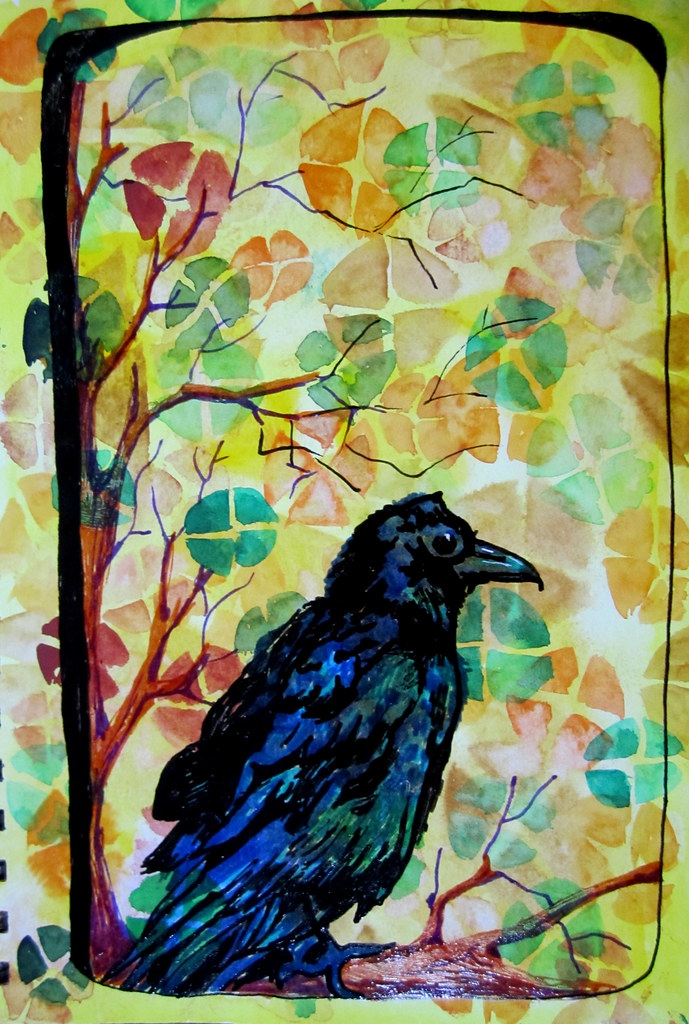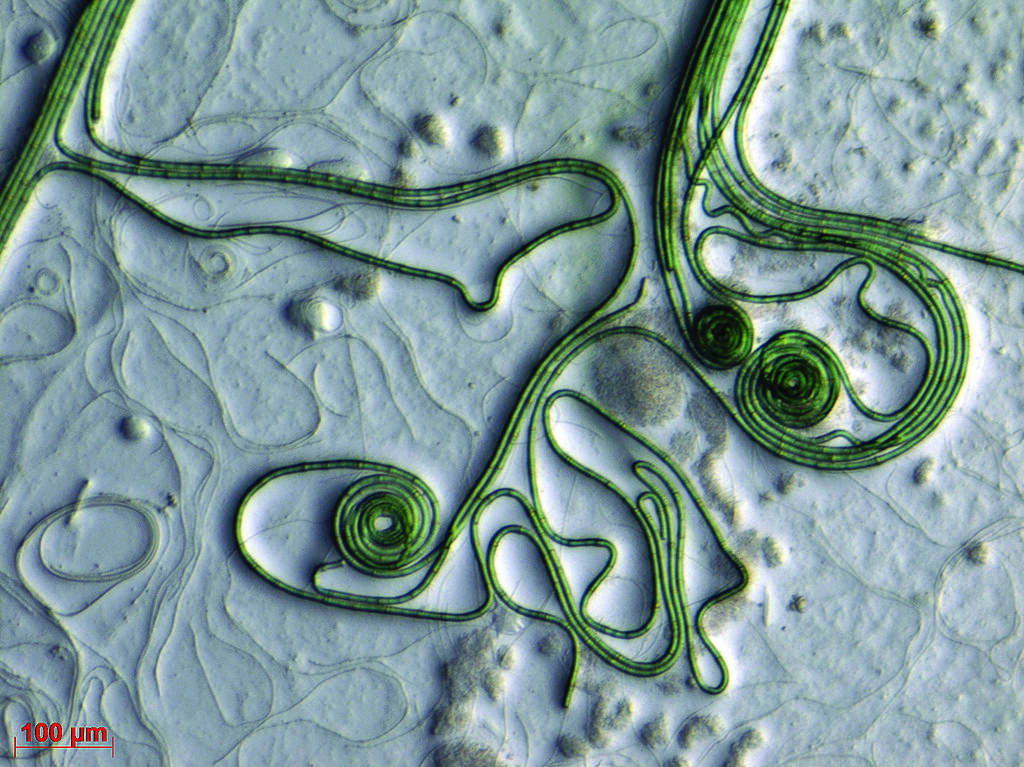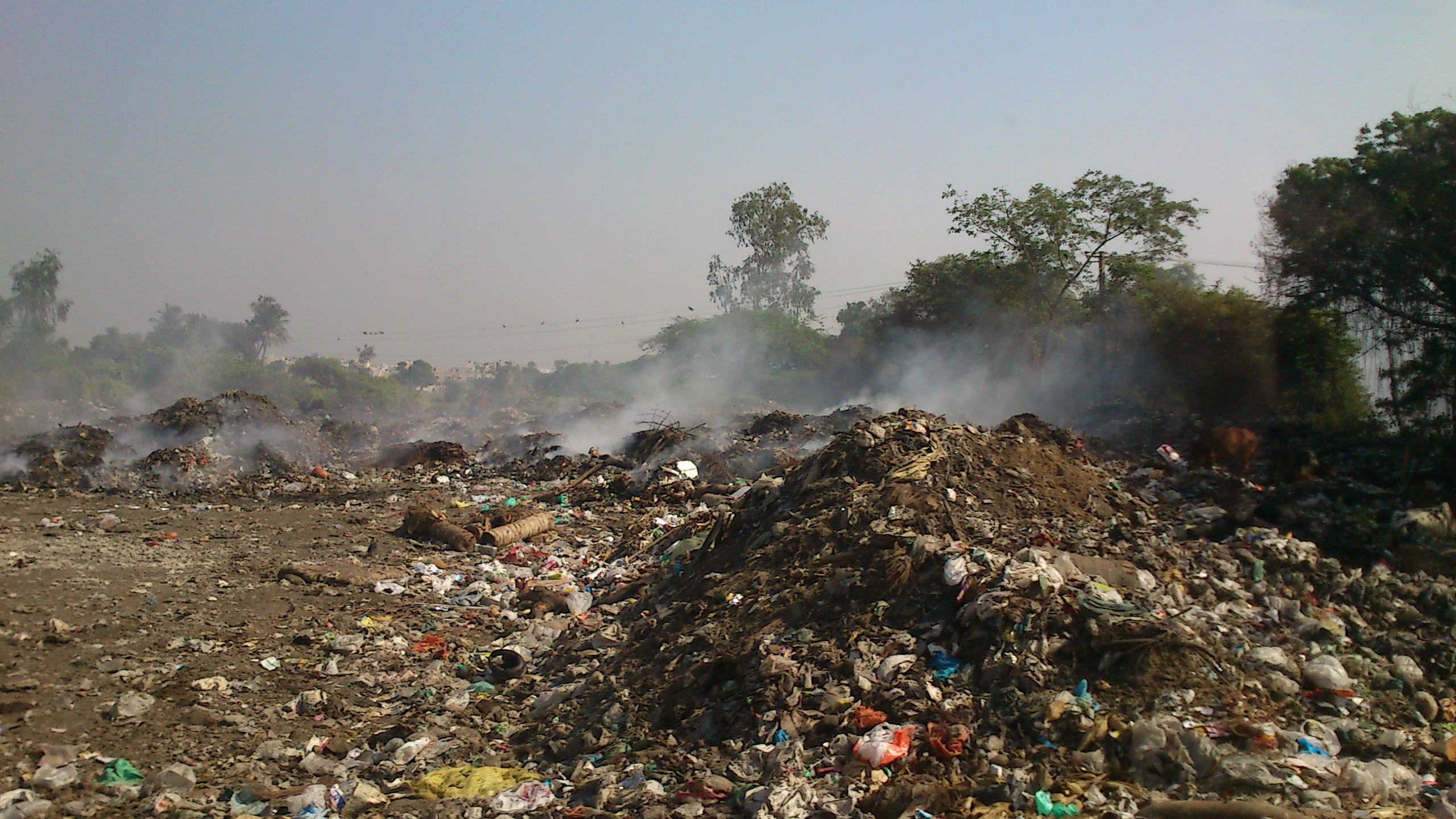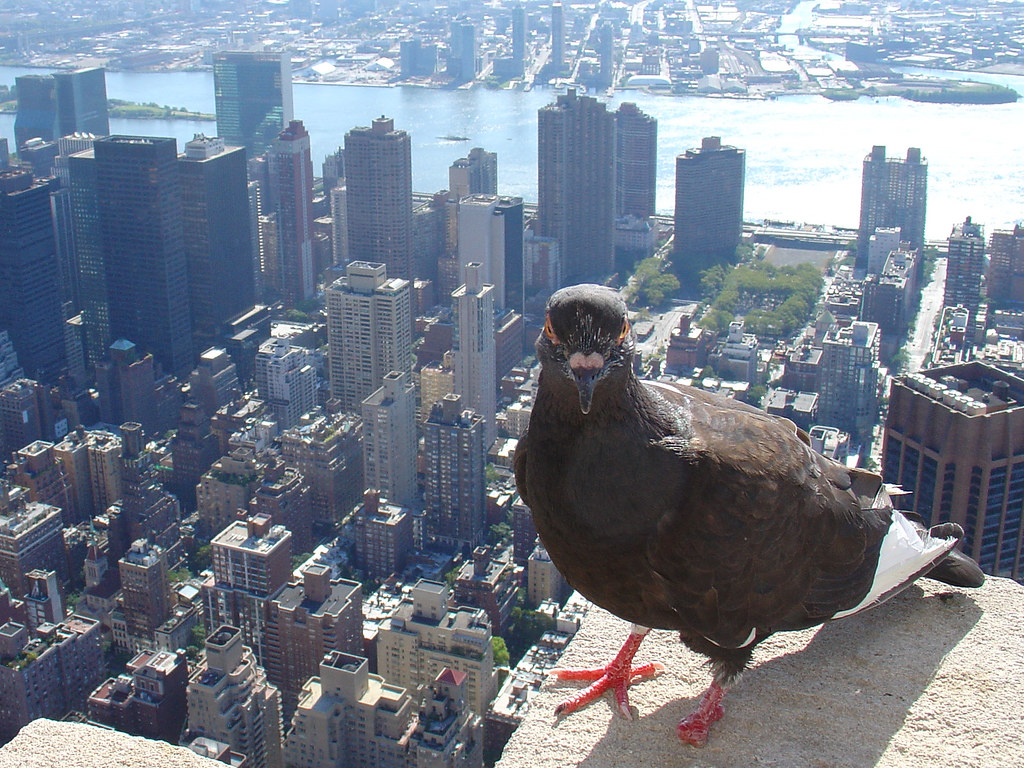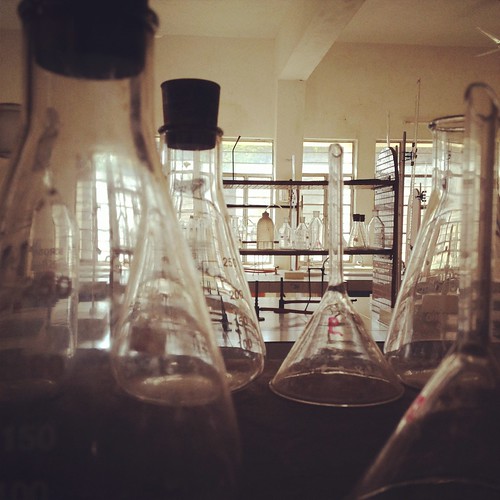Environmental & Science Education
Biological Evolution
STEM
Edward Hessler
On May 13, 2016, the
White House Office of Science and Technology Policy (OSTP) announced the launch of the National Microbiome Initiative (NMI). The two-year budget is a mix of federal dollars ($121 M) and universities, companies and not-for-profits ($400 M),
The NMI initiative is held together by three strands. They are:
--Supporting interdisciplinary research to answer basic questions about the nature of microbiomes.
--Developing tools (platform technologies, including adaptations) for the study of microbiomes.
--The variability as well as the world-wide range (everywhere organisms)of microorganisms requires an expansion of "the microbiome workforce." This workforce will include citizen scientists, college students and others found and recruited through public engagement.
The study of the earth's vegetation led to their mapping into biomes. Biomes are classified by the predominant vegetation of an area and characterized by the adaptations of organisms living there to them. Minnesota, for example, has four:
coniferous forest, deciduous forest, tall grass aspen parkland, and priairie grassland.
Microbiomes are the communities of microorganisms that live on/in
animals (including us, of course), plants, soil, water, ice, the
atmosphere, oceans.
The study of microbiomes will lead to a similar and likely much more complicated cartography. A preview of what is ahead may be found in a
feature news article in Nature.
Pieter Dorrestein is a microbiologist at the University of California, San Diego (UCSD). His use of mass-spectrometry while in graduate school hooked-him and since then that use has become more and more sophisticated.
Mass spectrometry (often shortened as mass-spec) is a tool that fragments complex molecules and measures their mass. Following this, the composition of the molecules is then calculated.
At UCSD, Dorrestein, now uses a mass spec--the MALDI-TOF--that allows imaging. This shows where the molecules are in a sample. This research tool is used in the study cancer. In the article linked above, Paul Tullis writes that Dorrestein "wondered whether he could take colonies of bacteria on a Petri dish and scan them directly to see the" chemicals they produce.
The process worked. This was quickly followed by a collaboration with microbiologist
Paul Straight at Texas A&M University, College Station to study competition in two different bacterial species. Modern science if often data-rich but these data are sometimes messy. He now works with a computational biologist to make sense of the data.
This work led to a repository and data-analysis tool known as the
Global Natural Product Social Molecular Networking website. There you can find videos explaining what mass spec is and how mass spec techniques are being used in a variety of ways.
Another collaboration has led to combining mass spectrometry and sequencing. In this study,
swabs were taken from 400 places on a male and female volunteer--two swabs at each spot. A surprising finding was that "the samples were overwhelmed by chemicals from beauty and hygiene products.
Dorrestein has also worked with another microbiologist,
Maria Dominguez-Bello of New York University, New York City to study the microbial diversity of people who do not grow up in the developed world. It turns out that their skin is both more diverse in microbes and chemistry than those of us living a more modern lifestyle.
You will find a picture of a 3D rendering of Dorrestein's office with three colleagues seated at a table in Tullis's article. The various surfaces--office and people--are gaily colored. These are the microbial and chemical signatures of all of them.
This research features (foreshadows) two of the NMI strands: collaboration (to understand processes and interactions) and tool-use (identifying the microbes and determining what they are doing).


 CGEE Student Voice
CGEE Student Voice



